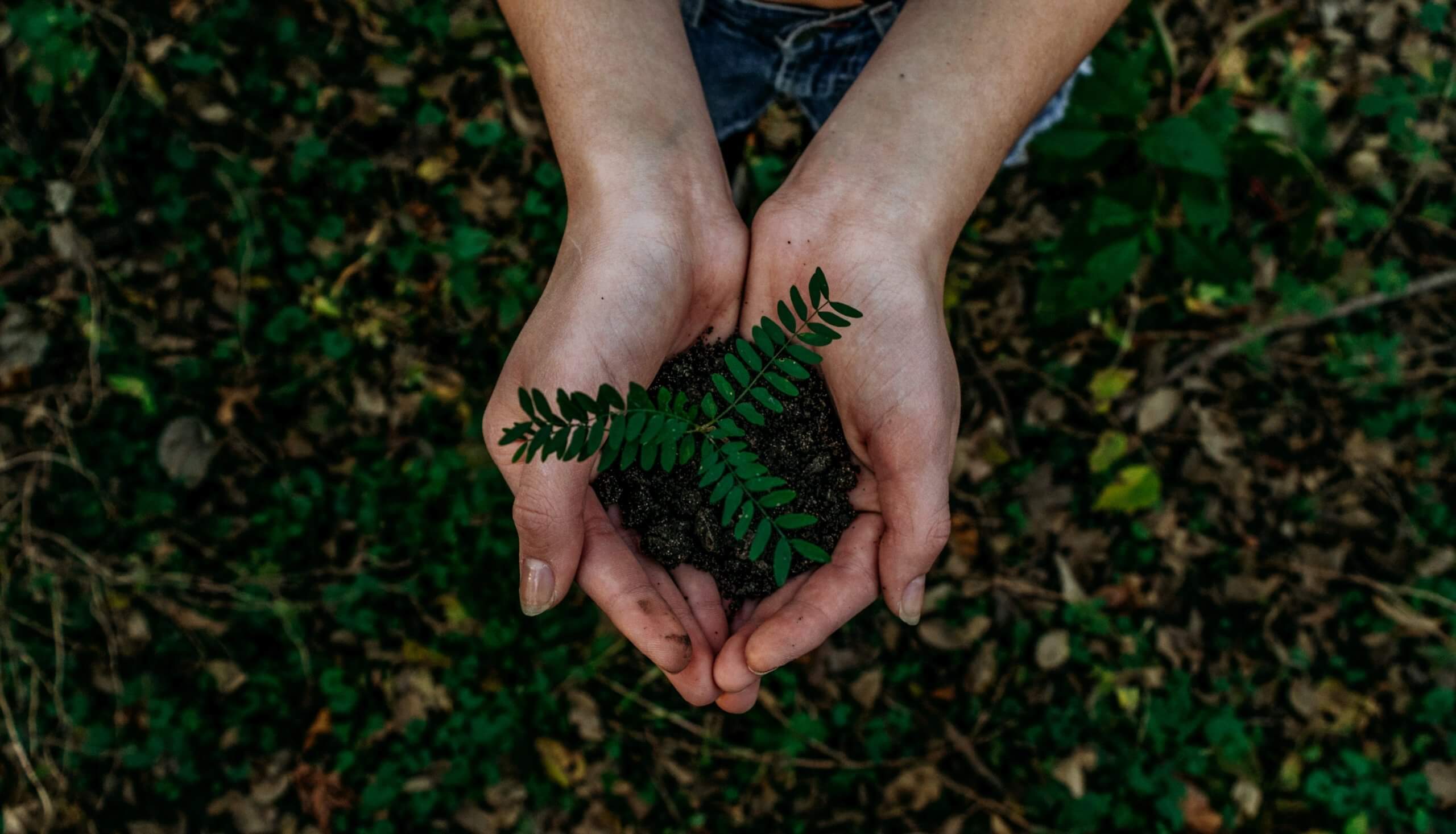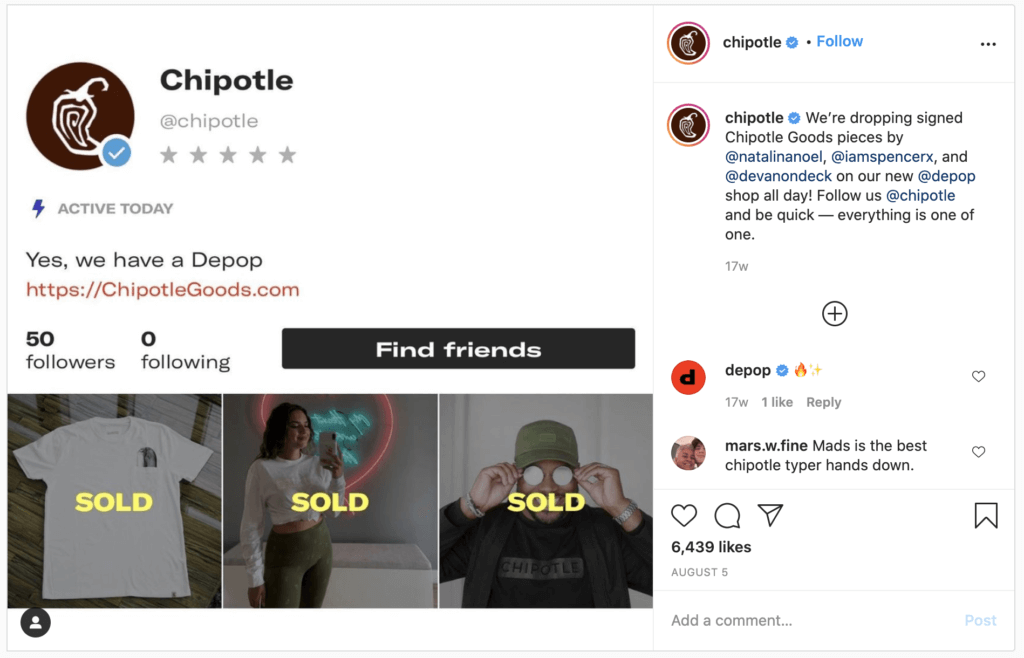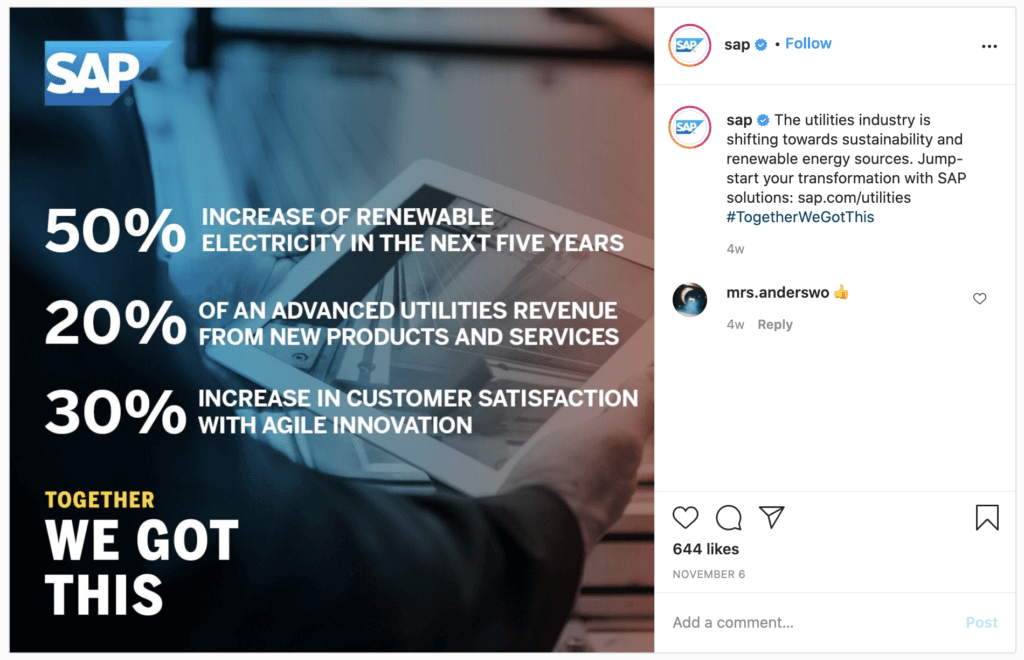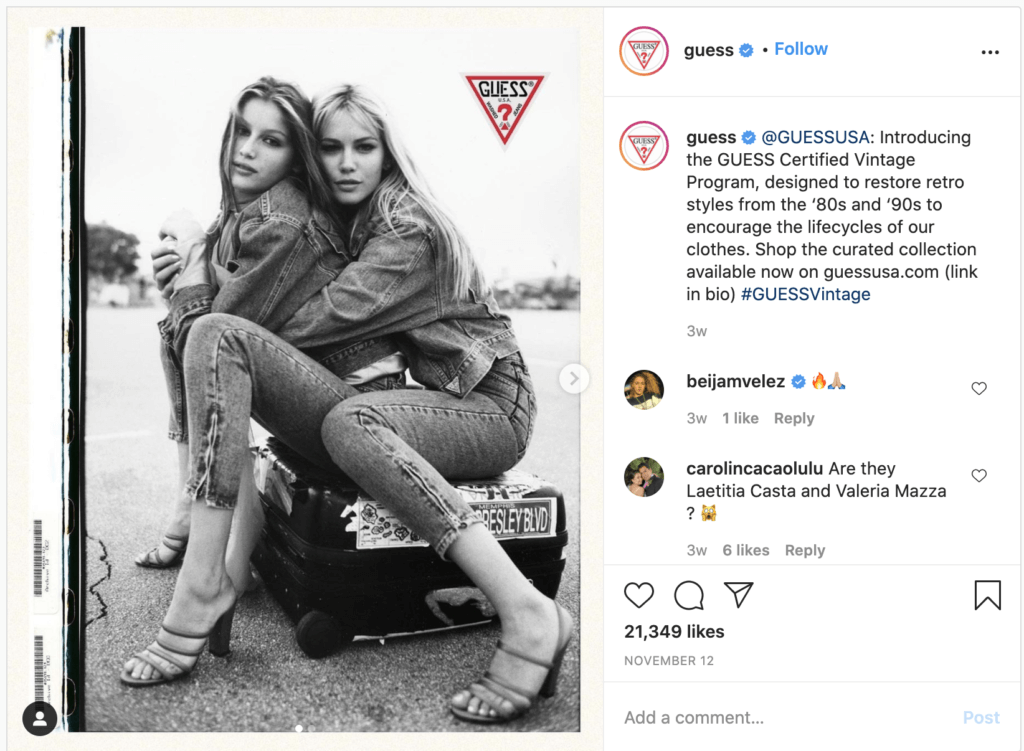
There’s no question that between the pandemic and elections, the issue of Sustainability has taken a little bit of a backseat in 2020 on social media. For example, between January – November 2020 there were 3,725,592 Tweets mentioning Sustainability which was a decrease of -2% from the number of Tweets mentioning Sustainability between January – November 2019. However with the elections over and COVID-19 vaccines on the way, there’s every indication that Sustainability is going to be more front and center as an issue in 2021, and that brands should be speaking to it in their marketing. For instance, a NYU Stern study found that 50 percent of CPG growth from 2013 to 2018 came directly from sustainability-marketed products
To provide a leg-up on sustainability related outreach, ListenFirst has identified 6 top ways brands are marketing Sustainability on social media.
Strategy #1. Share Data About Company Initiatives
If your brand has programs relating to sustainability, the results of those should definitely be shared on social media. Successful examples of that strategy include Microsoft generating 33,926 responses on an Instagram gallery post outlining their sustainability efforts including Xbox creating the world’s first carbon-neutral gaming console; while Reformation received 5,768 responses to an Instagram post outlining how much water, CO2, and Waste they saved in 2019 compared to competitors. Meanwhile, Subaru shared a YouTube video talking about how they’re replanting 500,000 trees in areas devastated by wildfires, while Intel Tweeted about restoring 1 billion gallons of water to the environment.
Strategy #2 Discuss How Your Product Promotes Sustainability

Chipotle Mexican Grill received 6,599 responses on an Instagram post promoting “Chipotle Goods,” an eco-friendly clothing line featuring clothing dyed from their avocado pits; while Autodesk generated 1,505 responses to an Instagram gallery showing how their software helps make connected construction more sustainable. Or how Ralph Lauren received 26,256 responses to an Instagram post explaining exactly how many bottles of water are used to make their Earth Polo shirt. However unique the angle, if your product helps make the planet more sustainable, that’s content worth sharing over social media.
Strategy #3. Publicly Share Goals

Even if companies haven’t achieved their sustainability goal yet, those benchmarks are still worth sharing on social media. Madewell generated 7,428 responses on an Instagram gallery discussing objectives such as 100% of their packaging becoming sustainably sourced and free of virgin plastic by 2025. Additionally, SAP received 643 responses to an Instagram post talking about how they want to increase renewable electricity by 50% in the next five years. Making your company publicly accountable for goals is seen by social media audiences as taking action.
Strategy #4. Be Specific About Making Your Product More Recyclable

Companies have gotten in trouble with authorities for not proving how products they claim are better for the environment actually are. More to the point, spelling out exactly how your products are sustainable will make your posts resonate more with the social media audience. For example, Nestlé received 97,480 responses to a Facebook post linking to a press release announcing how they’ll be sourcing up to 2 million metric tons of food-grade recycled plastics; while Puma generated 1,891 responses to a Facebook post discussing how their PUMA x FIRST MILE collection is made entirely of sustainable materials, and turns plastic waste into a shoe.
Strategy #5. Use Sustainability As A Recruitment Talking Point
According to a 2019 Fast Company survey, nearly 40% of Millennials said they’ve chosen a job in the past because the company performed better on sustainability than the alternative. Whether it’s L’Oréal holding a student competition/recruitment initiative on a LinkedIn livestream where finalists pitched their ideas around a plastic-less future of the beauty industry, or Schneider talking about how they’re testing electric trucks as a more sustainable transportation option in a recruitment Tweet; brands are using the issue of sustainability as a carrot on social media to attract potential employees.
Strategy #6. Selling Used Clothing Is Now A Way For Brands To Show Their Commitment To The Environment

Once upon a time, people primarily bought used clothing out of necessity or when looking for a bargain but, as the issue of sustainability has become more front and center in the fashion industry, more brands are selling old collections used because of environmental issues. For example, GUESS received 21,461 responses to their Instagram post announcing their Certified Vintage Program which is a curated collection of ‘80s and ‘90s denim. The key to making their vintage product posts work is putting just as much effort into promoting those posts as you would a new collection, for instance getting a high profile celebrity like Hailey Bieber to model, as she did in an Instagram post promoting Levi’s SecondHand vintage jeans.
Want even more insights about how to address sustainability on social media? Request a ListenFirst demo today!


